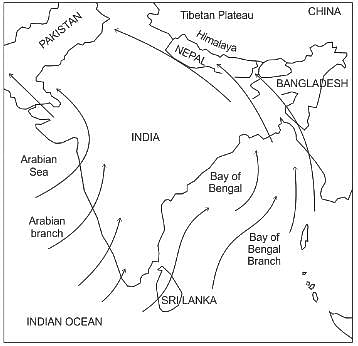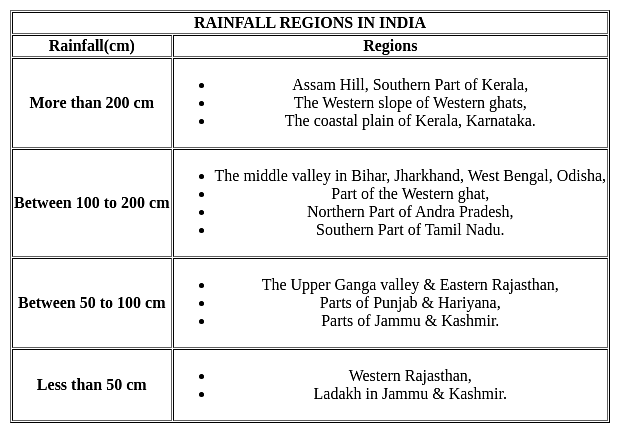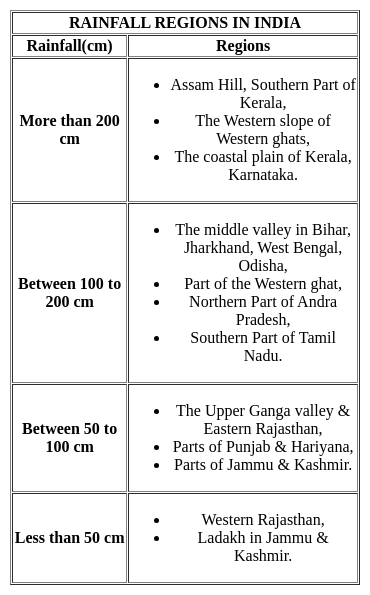Software Development Exam > Software Development Tests > Test: Climate - Software Development MCQ
Test: Climate - Software Development MCQ
Test Description
10 Questions MCQ Test - Test: Climate
Test: Climate for Software Development 2025 is part of Software Development preparation. The Test: Climate questions and answers have been prepared
according to the Software Development exam syllabus.The Test: Climate MCQs are made for Software Development 2025 Exam.
Find important definitions, questions, notes, meanings, examples, exercises, MCQs and online tests for Test: Climate below.
Solutions of Test: Climate questions in English are available as part of our course for Software Development & Test: Climate solutions in
Hindi for Software Development course.
Download more important topics, notes, lectures and mock test series for Software Development Exam by signing up for free. Attempt Test: Climate | 10 questions in 12 minutes | Mock test for Software Development preparation | Free important questions MCQ to study for Software Development Exam | Download free PDF with solutions
Test: Climate - Question 1
The average pattern of wind speed, temperature, rainfall etc., in place over a long period of time is called ___________.
Detailed Solution for Test: Climate - Question 1
Detailed Solution for Test: Climate - Question 2
Detailed Solution for Test: Climate - Question 3
Detailed Solution for Test: Climate - Question 4
Detailed Solution for Test: Climate - Question 5
Test: Climate - Question 6
The state having the highest rainfall by North-East monsoon is_______________.
Detailed Solution for Test: Climate - Question 6
Test: Climate - Question 7
Which one of the following causes rainfall during winters in north-western part of India.
Detailed Solution for Test: Climate - Question 7
Detailed Solution for Test: Climate - Question 8
Test: Climate - Question 9
Which of the following is not among the six major controls of the climate in India?
Detailed Solution for Test: Climate - Question 9
Detailed Solution for Test: Climate - Question 10
Information about Test: Climate Page
In this test you can find the Exam questions for Test: Climate solved & explained in the simplest way possible.
Besides giving Questions and answers for Test: Climate, EduRev gives you an ample number of Online tests for practice
Download as PDF






















